I beat Razer to the ultimate RGB pumpkin and almost burned down my apartment
Don't play with RGB lighting strips, kids.
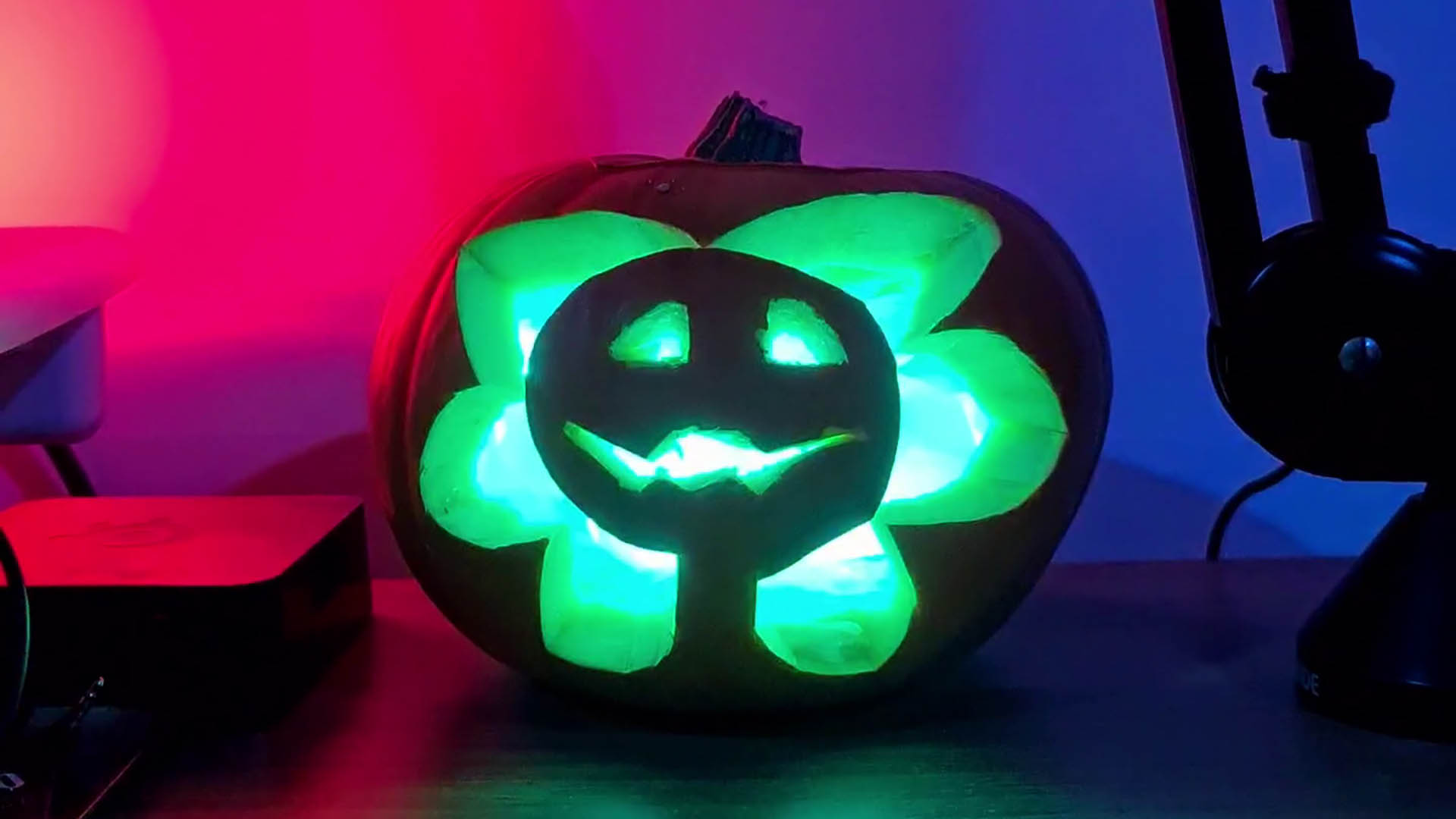
Look, it's lighting up. It's alive! It's flashing all the colours of the rainbow! I have done it. From the corpse of a pumpkin I have carved my damned creation, and from its emptied husk I created something so vibrant, so PC gaming they said it couldn't be done. And, admittedly, I also created something of a fire hazard.
Razer promised an RGB pumpkin back in October 2017, and with a two-year head start I knew I had to move fast in order to best Min-Liang Tan at his own game. Luckily, he's made the mistake of focusing on Christmas before Halloween with the Razer Chroma-compatible Christmas tree—a fool's errand.
yo RT if you want frickin' CHROMA PUMPKINS 🎃🎃🎃October 12, 2017
In my exasperated efforts to beat Razer to the punch, I may have inadvertently risked a small fire. Why? For an RGB pumpkin depicting Flowey from Undertale, of course. And was it worth it? Yeah, looking back, I'd say it was—safe in the knowledge that I haven't actually burn down my entire flat for an RGB pumpkin. Try explaining that to the fire department.
Let's start from the beginning. I tried to bring a little bit of PC gaming into my Halloween festivities this year. Well, no, that's not true. I didn't plan any of this, but in the spirit of Dr. Junkenstein himself, I decided to get a little creative. Not specifically in my design of said pumpkin—it's terribly gauche to carve a frightening face these days—but in the way I went about lighting it up.
I'm no master craftsman. After an hour or so carving what loosely resembles Flowey from Undertale on a small-to-medium pumpkin, I basically said to heck with the weird smell of pumpkin innards, and my waning interest in stabbing a pumpkin repeatedly with a kitchen knife, and decided to call it a day on my rather tepid creation.
With my lantern in hand, I was going to simply place a tea light candle in the bottom, burn my hand trying to light it on fire, and then crack it in my flat window for all to see. Of course, I forgot to buy tea lights, and that left me with only one option: RGB lighting.
Sure, I could pretend that was my plan all along, but one happy accident later and I'm rummaging through my drawers to find a long lost relic of a time when I worked in an office: a Corsair iCUE Lighting Node PRO RGB Lighting Controller I had once adorned my work PC with in an effort to create the 'most ugly PC you've ever seen'.
Keep up to date with the most important stories and the best deals, as picked by the PC Gamer team.
I think I was pretty good at it too, and had once hastily ripped said lighting kit out of said PC with such vigour that I managed to rip it in two. Gory.
Still, more than half the RGB LED strips were operational, and that left me three to play with. All I had to do to light up my Frankenpumpkin was power the little lighting controller, which has an integrated SATA power connector, and connect it to my PC via the USB connection.
To do so, I'd have to rip open my rig to feed the controller through and into my machine. Luckily on this Lian Li O11 Dynamic case there is a rear HDD drive case opening, which can be removed to allow for a small gap from which a cable may protrude. It's not much, but it saves me the hassle of leaving the side of my PC case off, which would run the risk of me giving it the boot during the day and sending 2 litres of cooling liquid crashing through my rig.
Best to be on the safe side, eh?

With my RGB lighting all hooked up, I connected up the RGB strips. But before I placed these in the cavernous innards of my adorable little pumpkin friend, I had a bright idea. One which was later to be my downfall—probably, I don't really know what happened.
I decided to implement diffused lighting using a piece of baking parchment. In my infinite wisdom, I thought not only would that make for a more glorious unified light show experience, it would also keep the soggy pumpkin—my lazy carving had left some of the fibrous pumpkin material still stuck to the pumpkin's insides—far away from my nice RGB lighting strips.
And, in a way, it was a huge success. I light that pumpkin up and it's a beauty. Rainbow, flashing, colour wave, my pumpkin was a vibrant triumph of modern PC gaming. I could even sync my motherboard, and by extension, my liquid cooling loop, to the pumpkin's wicked RGB effect.
Anyways, long story short, I left my pumpkin on all day and into the evening, while I downloaded Destiny 2 for some reason (I can't go back, can I?). When I returned, well, Flowey wasn't quite so vibrant anymore. Something had changed.

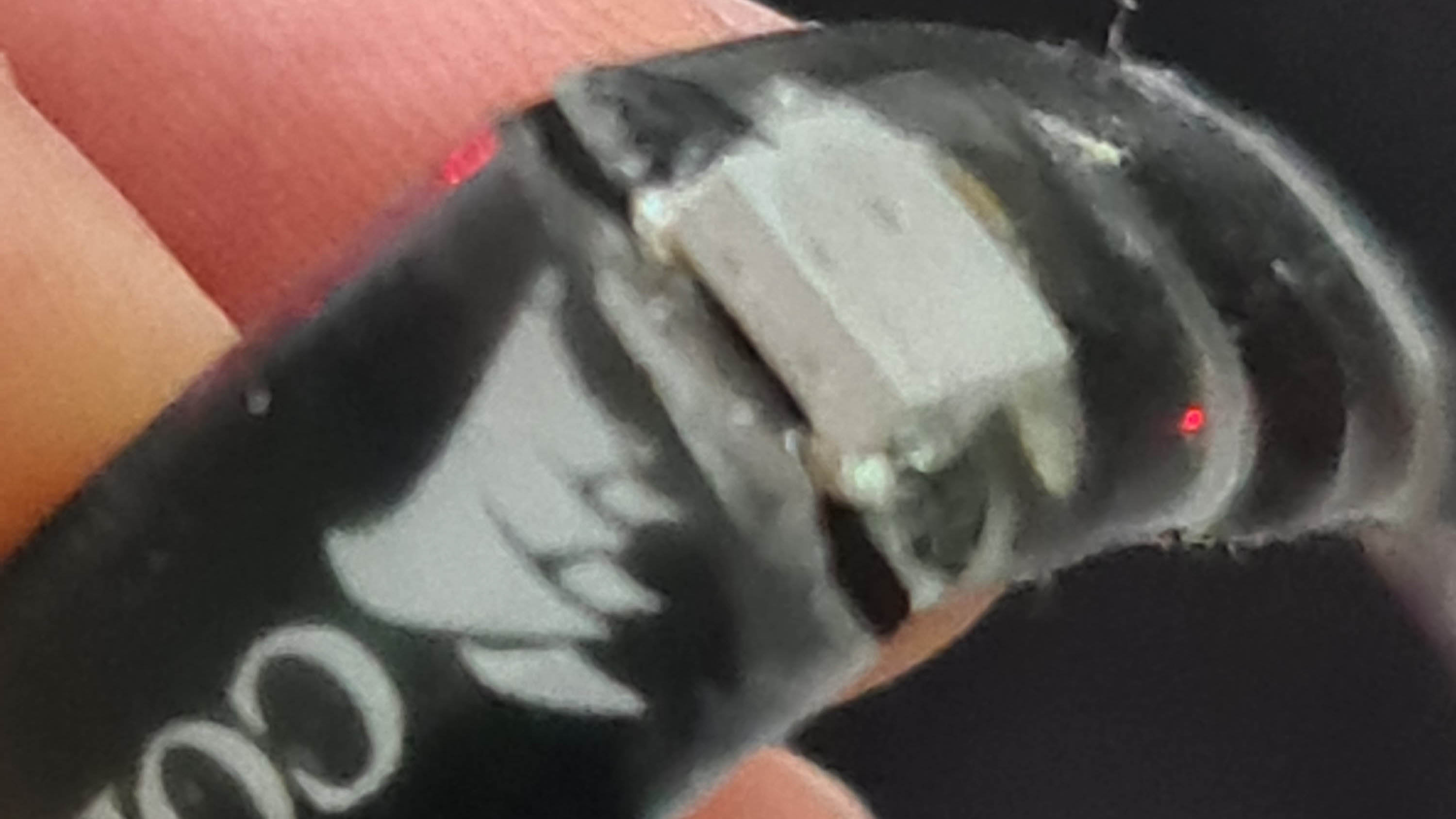
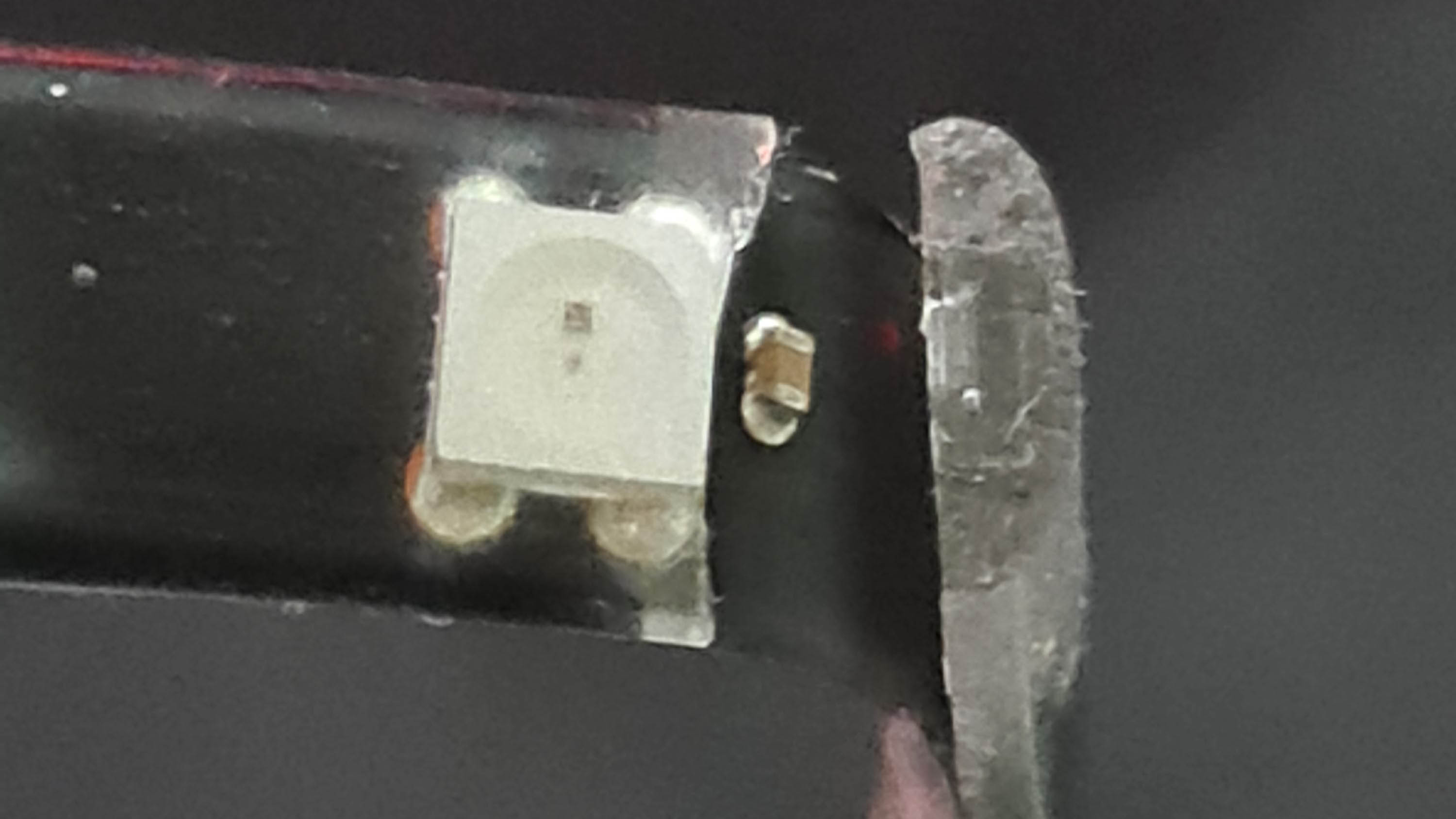
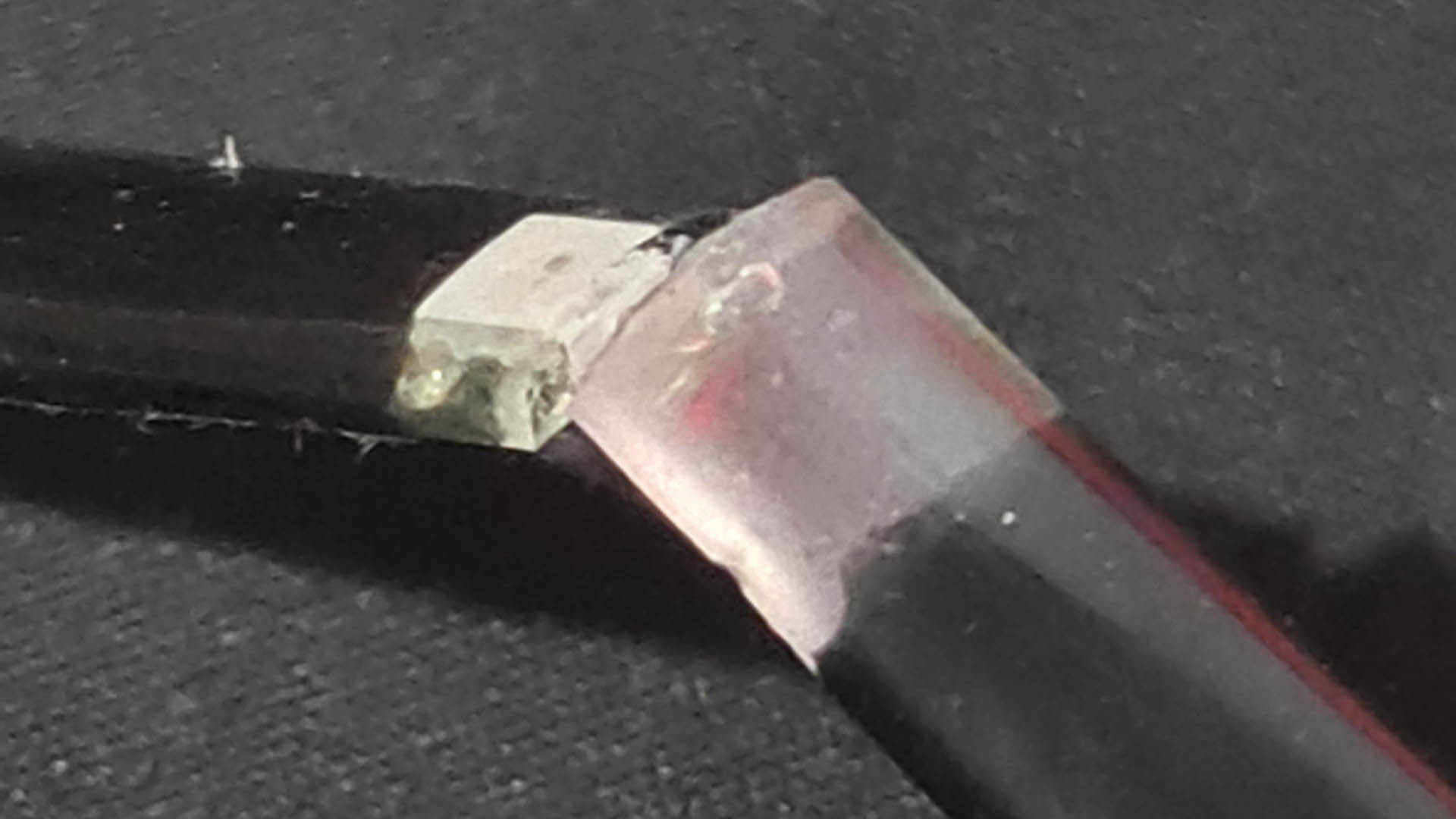
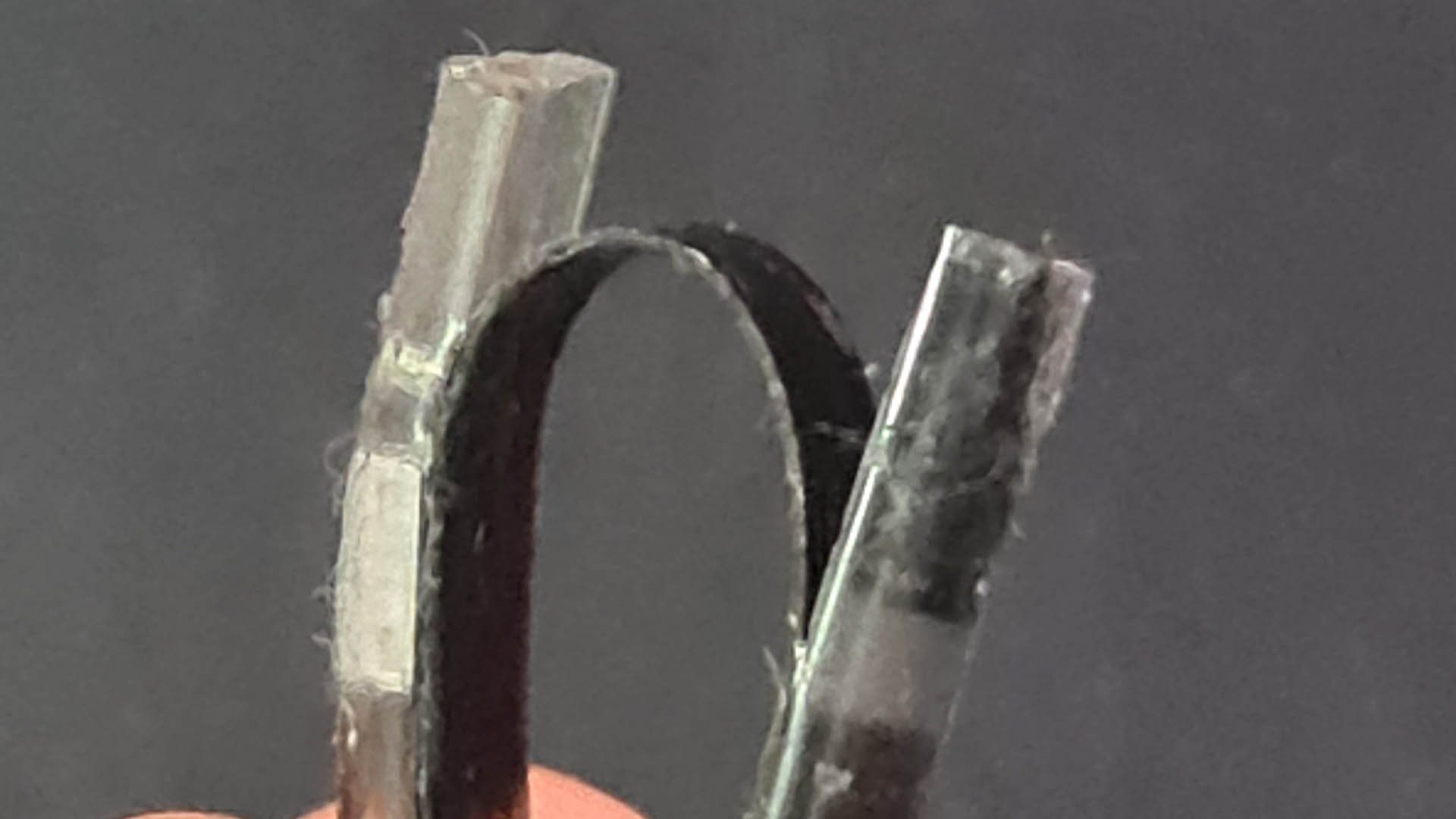
Only one RGB strip was now functional, and it was flashing red. I'm still not sure if this was a feature, or if it just happened to break in such a way that it was now displaying the universal sign for 'SOMETHING IS VERY BAD'.
On further inspection, only once I had unbundled the baking parchment from my pumpkin, did I notice what was wrong. My RGB strips were broken, peeled, in some places snapped, and altogether completely b0rked. They were also so hot—yes, even the black plastic connectors—that I couldn't hold onto them any longer. I dropped the strips, swiftly unplugged my Pumpkenstein, and here I am before you today, with an unlit Flowey lantern and a strange smell in the air.
I don't pretend to know at what temperature an RGB lighting strip would actually set alight, so I'll cover myself legally and say it was likely at a fine, non-combusting temperature. Just fine.
Regardless, I wish to forewarn all those that look to travel down my twisted path: Will your RGB strips be worth it? That's the price I had to pay, my friends, and I'm afraid that it's likely a sacrifice a few more of us will have to make before we all realise that RGB lighting is not to be trifled with.
Oh, and happy Halloween.

Jacob earned his first byline writing for his own tech blog. From there, he graduated to professionally breaking things as hardware writer at PCGamesN, and would go on to run the team as hardware editor. He joined PC Gamer's top staff as senior hardware editor before becoming managing editor of the hardware team, and you'll now find him reporting on the latest developments in the technology and gaming industries and testing the newest PC components.

